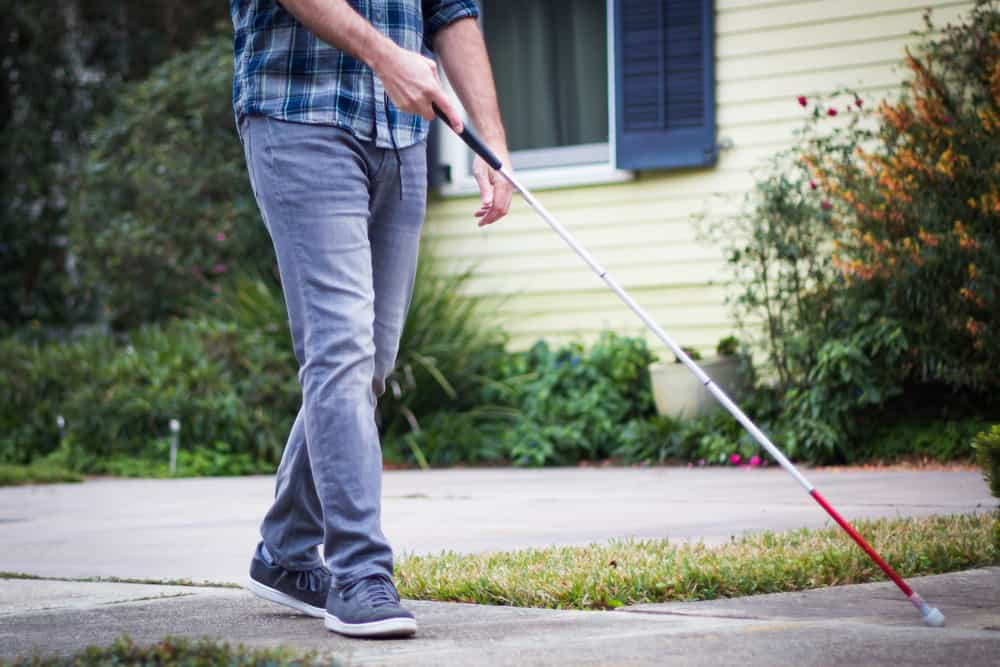
This month, the U.S. Access Board addressed inequity of access in public spaces for people with disabilities by issuing a final rule on accessibility guidelines for pedestrian facilities in the public right-of-way. This is a significant win in the world of accessibility for Americans with disabilities across the country, since the guidance will be universally recommended across all federal, state, and local government agencies.
The Direct Access team are extremely pleased by this outcome, not least because one of the most frequently cited areas for improvements within our access audits are the pathways, sidewalks, crosswalks, on-street parking, which more often than not either don’t meet the required amount of space, are poorly marked, or have undergone significant wear and tear damage without improvement. All of these are addressed by this guidance, which is covered now under the existing Title II of the Americans with Disabilities Act (ADA), the Architectural Barriers Act (ABA), and Section 504 of the Rehabilitation Act.
Other highlights in the requirements include accessible pedestrian signals, curb ramps and blended transitions, detectable warning surfaces, crosswalks at roundabouts, on-street parking, transit stops, and street furniture.
In addition, the guidelines address shared use paths, which are designed primarily for use by bicyclists, pedestrians and other authorized motorized and non-motorized users for transportation purposes and recreation purposes. The new guidance will apply to both alterations made to existing facilities, as well new builds.
For Title II of the Americans with Disabilities Act, the new guidance encompasses government and state-ran facilities, while Section 504 of the Rehabilitation Act covers any program or activity receiving federal financial assistance, including those that require compliance with federal regulations established by the Department of Housing and Urban Development, the United States Postal Service, and other agencies.
The mandatory enforcement of the guidelines, which began life as early as 1999 when the Public Rights-of-Way Access Advisory Committee was initially formed by the U.S Access Board, will be adopted by the General Services Administration, the Department of Defense, the Department of Housing and Urban Development, and the U.S. Postal Service under the ABA.
Direct Access has always strived to go beyond the ADA and Section 504 in the delivery of our accessibility consultancy services, largely because despite being all-encompassing and important legislation from a historical perspective, both pieces of legislation were published a long time ago. And as disabled people, we recognise the extent of the accessibility issues still present within our society. The Accessibility Guidelines for Pedestrian Facilities, however, is a piece of legislation we are extremely proud to see published – and we will be referring to its guidance in all of our future Consultancy work.
Direct Access offers comprehensive accessibility consultation and disability services that integrate community engagement, legislation compliance, inclusive design planning, sustainable development practices, and a standard that goes beyond local law to provide site owners with a service that results in a best-practice built environment. If you are confident that your site might not comply with the U.S Access Board’s new legislation, get in touch with our team today for a quote on one of our ADA Access Audits – we’ll help you bring your site up to speed and achieve best practice accessibility standards.
